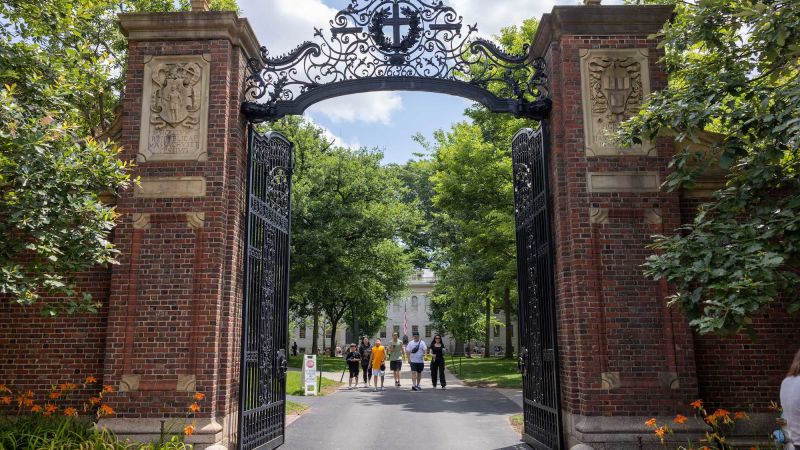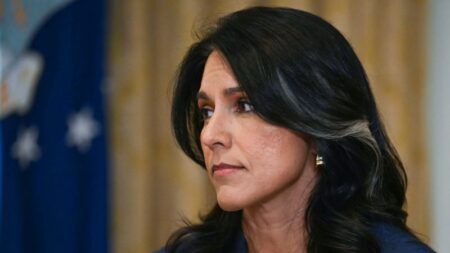Millions of borrowers are set to have their monthly student loan payments reduced starting in July, in what is being hailed as one of the Biden administration’s biggest changes to the federal student loan system. Last year, following a Supreme Court decision that halted President Joe Biden’s signature student loan forgiveness program, his administration unveiled the SAVE (Saving on a Valuable Education) repayment plan, which will be fully implemented this summer. Over 8 million people have already enrolled in the SAVE plan.
This plan offers lower monthly payments for most borrowers compared to other federal student loan repayment plans and can lead to student debt cancellation for some borrowers after making as few as 10 years of payments. One key provision of the SAVE plan, which will go into effect in July, is expected to cut payments in half for some borrowers.
Under the SAVE plan, monthly payments are based on a borrower’s income and family size, irrespective of the amount of student debt they owe. Starting in July, payments for undergraduate school loans will be reduced from 10% to 5% of discretionary income. Borrowers with loans from both undergraduate and graduate school will pay a weighted average of between 5% and 10% of their income based on the original principal balances of their loans.
The recalculating of monthly payments will be automatic and does not require any action from SAVE plan participants. However, the Department of Education is behind schedule in recalculating the lower payment amounts. If a borrower’s payment is not recalculated by July, they will be placed in forbearance, with no payment due and no interest accruing. Every month spent in forbearance will still count toward student loan forgiveness.
The SAVE plan has already proven more generous than previous income-driven repayment plans, particularly benefiting low-income borrowers. It shields a larger portion of a borrower’s income in the calculation of payments, resulting in lower monthly payments compared to other plans. Additionally, the plan prevents balances from growing due to interest accumulation when a borrower has a small monthly payment.
Those enrolled in the SAVE plan are also eligible for student debt relief in a shorter timeframe compared to other income-driven plans. Initially scheduled to begin this summer, the Biden administration has already started canceling some eligible borrowers’ debt months in advance, with $5.5 billion forgiven for 414,000 enrollees so far.
Despite the benefits, the SAVE plan is facing legal challenges from two groups of Republican-led states. They argue that the Biden administration is exceeding its legal authority by implementing the plan without congressional approval. The cost of the SAVE plan varies depending on enrollment numbers, with estimates ranging from $138 billion to $475 billion over the next decade according to different studies.











